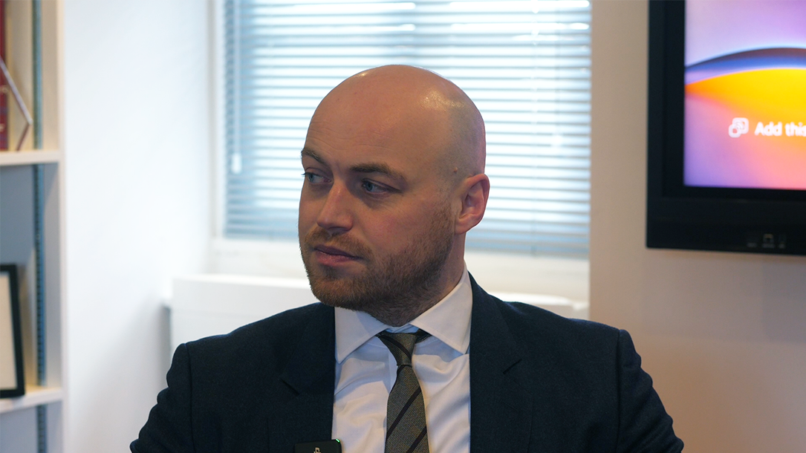The net effect of the Chancellor’s Spring Statement was to raise a projected £14 billion in 2029/30. In addition to talking about spending reductions, Reeves revealed fresh investment initiatives, including:
- Increasing the overall capital spending total for the Parliament by £13 billion, with extra funds targeting growth through infrastructure, housing and defence.
- Creating a new £3.25 billion Transformation Fund, supporting the reform of public services. Examples of the expenditure include £8 million for new technology to help the probation service, £25 million for the fostering system and £150 million for “government employee exit schemes”.
Revenue Raising Measures
ISAs
Options are being examined by the Treasury for reforms of Individual Savings Accounts “that get the balance right between cash and equities to earn better returns for savers”.
Government spending
The government aims to reduce the pace of annual growth in spending from 2025/26 – 2029/30 by 0.1% in real terms to 1.2%. Government departments will reduce their administrative budgets by 15% by the end of the decade, creating projected savings of £2.2 billion a year.
Welfare measures
Personal Independence Payment (PIP) reform
A tougher qualification basis will apply from November 2026 for new claimants, and from their next award review following that date for existing claimants. Changes are expected to meet projected savings of over £4.5 billion by 2029/30.
Abandonment of Work Capability Assessment changes
The descriptor reforms to the Work Capability Assessment (WCA) announced in the Autumn Statement of 2023, due to take effect this year, will be cancelled at a cost of around £1.6 billion in 2029/30. From April 2026 WCA assessments will restart, generating projected savings of £355 million by 2029/30.
Freezing the Universal Credit Health Element (UCHE)
From 2026/27, the award rate of UCHE for existing claimants will be frozen, with new claimants receiving a lower award of £50 a week, also frozen. This freeze will last through to 2029/30, generating savings of £3 billion in that financial year.
Universal Credit Standard Allowance: increase above inflation
In parallel with the changes to the Health Element, the Standard Allowance for Universal Credit will be uplifted above inflation for new and existing claimants, reaching +5% of the Consumer Price Index (CPI) by April 2029. The cost of this will be nearly £1.9 billion by 2029/30.
Welfare fraud and error
More checks on potential Universal Credit claimants, and the recruitment of 500 more fraud and error staff, are together projected to save £240 million by 2029/30.
Tax administration measures
Tax debt collection
Additional funding will increase HMRC debt management capacity by expanding the use of third-party debt collection agencies. In addition, HMRC will recruit an extra 500 compliance staff, from April 2025, and 600 more debt management staff, from April 2026. Together these moves are projected to raise an extra £810 million by 2029/30.
Increase in late payment penalties
Late payment penalties for VAT and Making Tax Digital (MTD) for Income Tax Self Assessment (ITSA) will increase from April 2025. The new rates will be:
- 3% of the tax outstanding where tax is overdue by 15 days; plus
- 3% where tax is overdue by 30 days; plus
- 10% per annum where tax is overdue by 31 days or more.
The higher penalties are projected to raise £125 million by 2029/30.
Expanded rollout of Making Tax Digital for Income Tax Self Assessment
From April 2028, MTD for ITSA will apply to taxpayers with trading or property income over £20,000. The threshold from April 2026 will be £50,000. This is projected to generate £120 million in 2029/30.
High Income Child Benefit Charge (HICBC)
From summer 2025, Child Benefit claimants (or their partners) who are employed and newly liable for HICBC will be able to pay the tax charge through Pay As You Earn (PAYE) without being required to submit a Self Assessment tax return.
Consultations
Consultation papers have been issued on:
- Behavioural penalty reform, covering HMRC inaccuracy and failure to notify penalties
- Enhancing HMRC’s ability to tackle tax advisers facilitating noncompliance
- Closing in on promoters of marketed tax avoidance
- Advance tax certainty for major projects
- Research & Development tax relief advance clearances
- Exemption from stamp duty and stamp duty reserve tax for the Private Intermittent Securities and Capital Exchange System (PISCES).
Home Office fees
A range of Home Office fees will rise from 9th April 2025, including fees for:
- Electronic Travel Authorisation (ETA)
- Visas
- Sponsorship
- Immigration
- Nationality
- Passports.
Increases range from 5% for some visas to 120% for Certificates of Sponsorship. These increases are projected to produce £400 million of additional income by 2029/30.
As well as the summary above, please find your Tax Tables attached below.
How can the Tax Tables help you?
Courtiers helps you with financial planning, and by understanding these Tax Tables we can have deeper conversations together about the implications of any decisions regarding your wealth. They also help you stay aware of tax changes, so you can make informed decisions to suit your situation. All while benefitting from our continued support, focused on the outcomes you want in life.
We hope you find our summary and your new Tax Tables helpful. If you have any questions, please speak to your Adviser or contact us.













